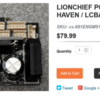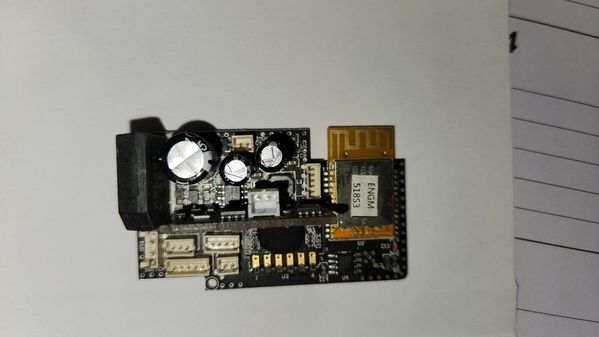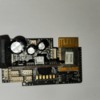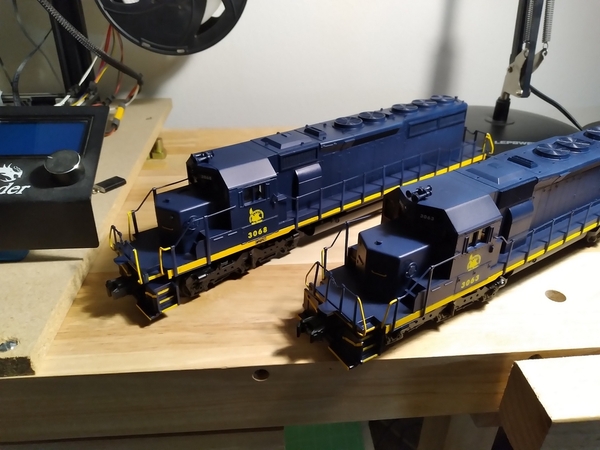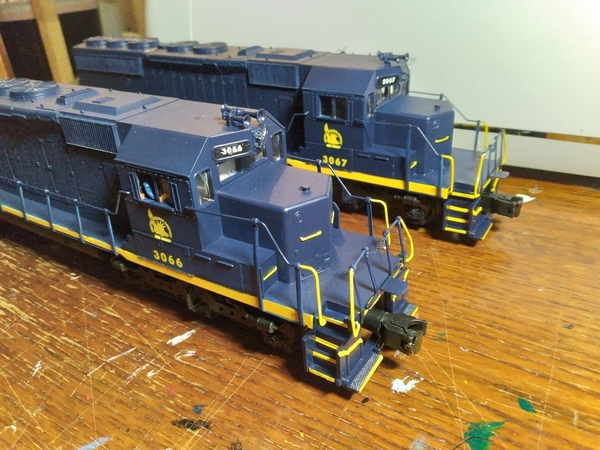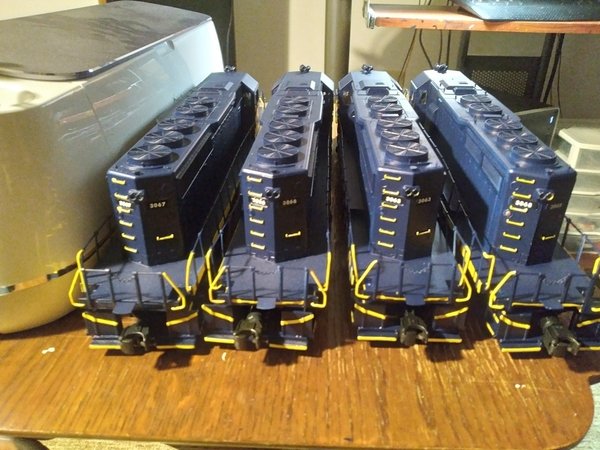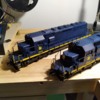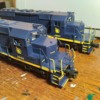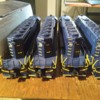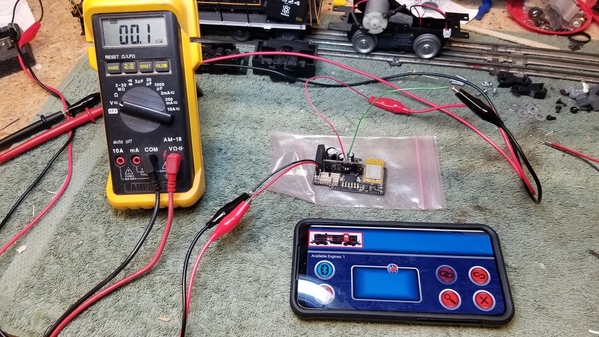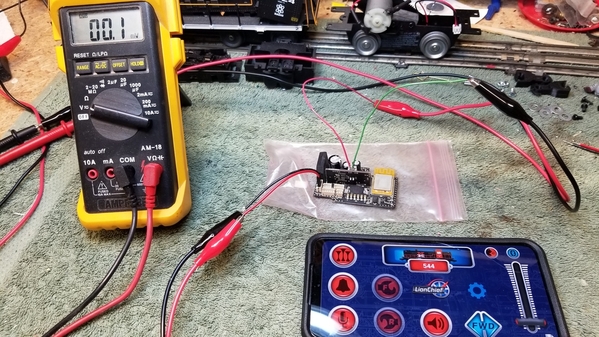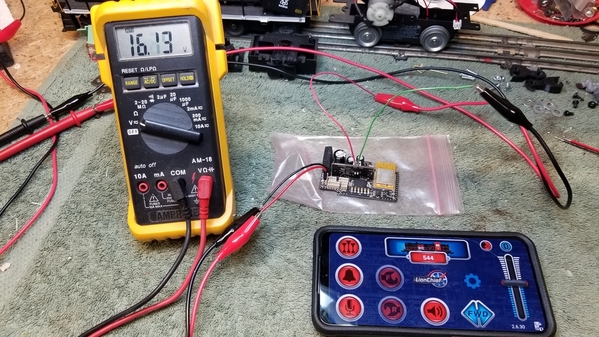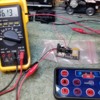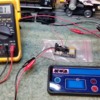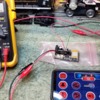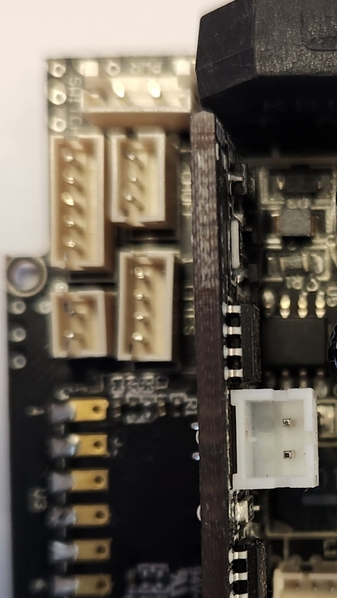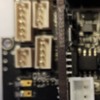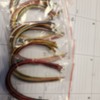While the OP may have been scared off by the info in this post, "I am eating it up".
So GeepBoy thank you for starting this topic! "And stay with me".
Let me see if I can clarify, by asking a few questions of those more knowledgeable her. If I got this right, we might both benefit. (Below when I use Lionchief, not followed by Plus it means just that.)
If I want to convert an Older CONVETIONAL Loco to Remote Control than l need to use a Lionchief Board Not a latter Lionchief Plus with or without Bluetooth, because those require a Tach Input, Correct? (Unless I am converting a Loco that already has older TMCC with a chopper wheel / tape Flywheel).
The later Plus boards tach input provides built-in Cruise, Correct?
Also ALL Lionchief Boards are a Single board solution, with all functionality including sound built-in, Correct?
Lionchief therefore can used to control direction and speed of operation, and provides operating and pre-recorded dialog sounds, along with horn and bell. Correct?
The board firmware is not changeable, therefore if I have a Steam Loco, I want a Lionchief Steam derived Board, so it sounds like a Steam Engine Not a Diesel, Correct?
With a Lionchief board I will NOT have Electro-Couplers or Cruise, Correct?
The Universal Remote, or the remote originally sold with that board is need as a Transmitter, Correct?
The warning is, the board may fry IF overloaded by too much current demanded by the locomotive being converted, Correct?
Someone with more knowledge of this Please confirm. Thank you very much!
























 ,
,
